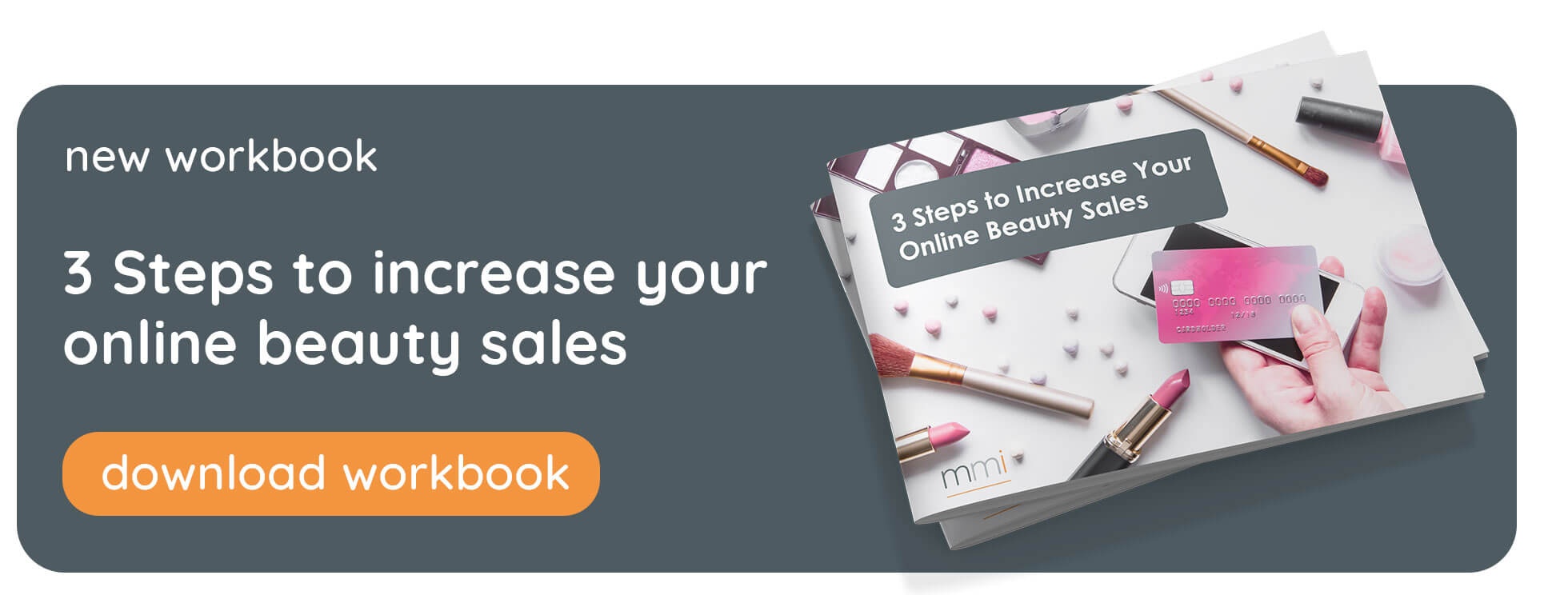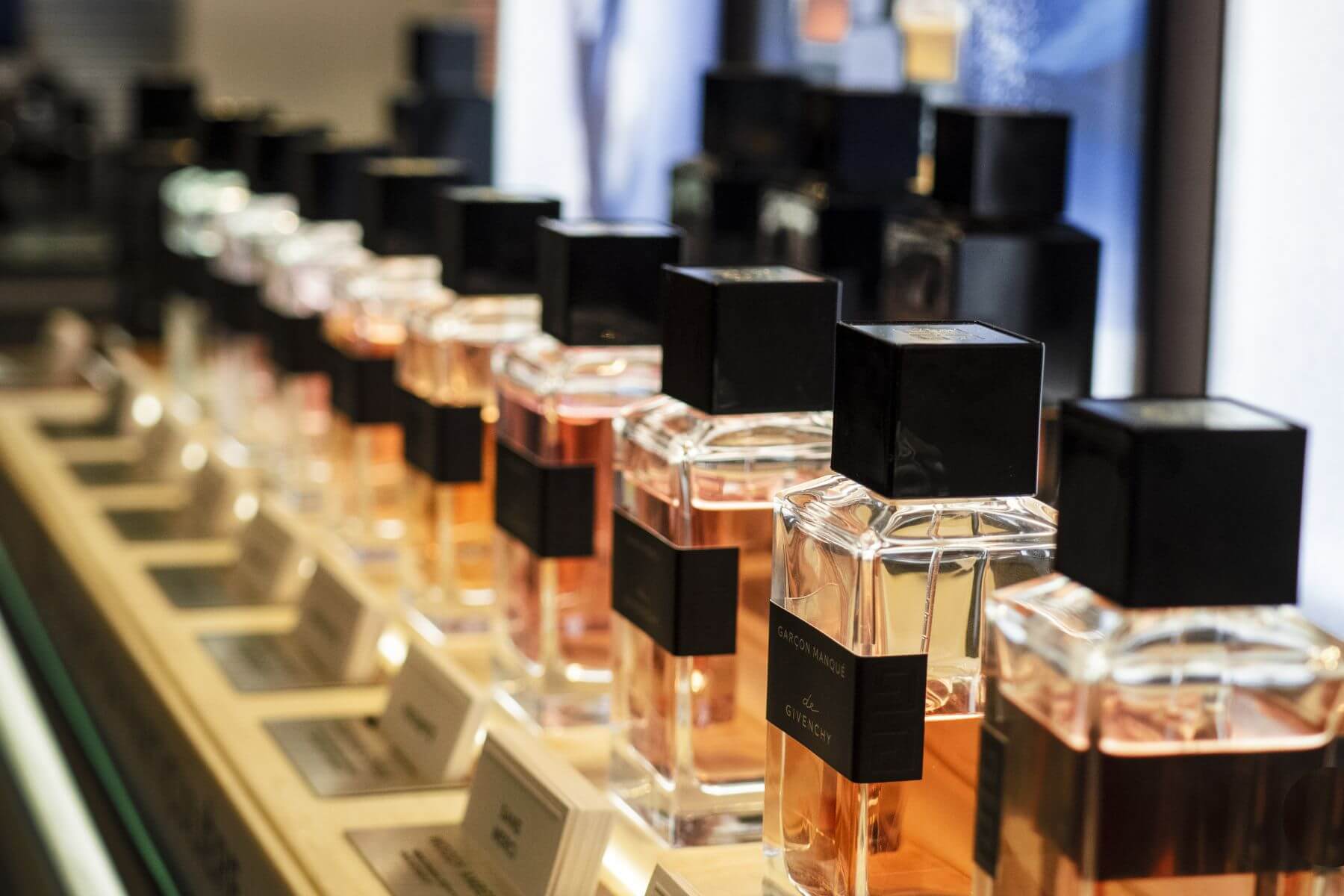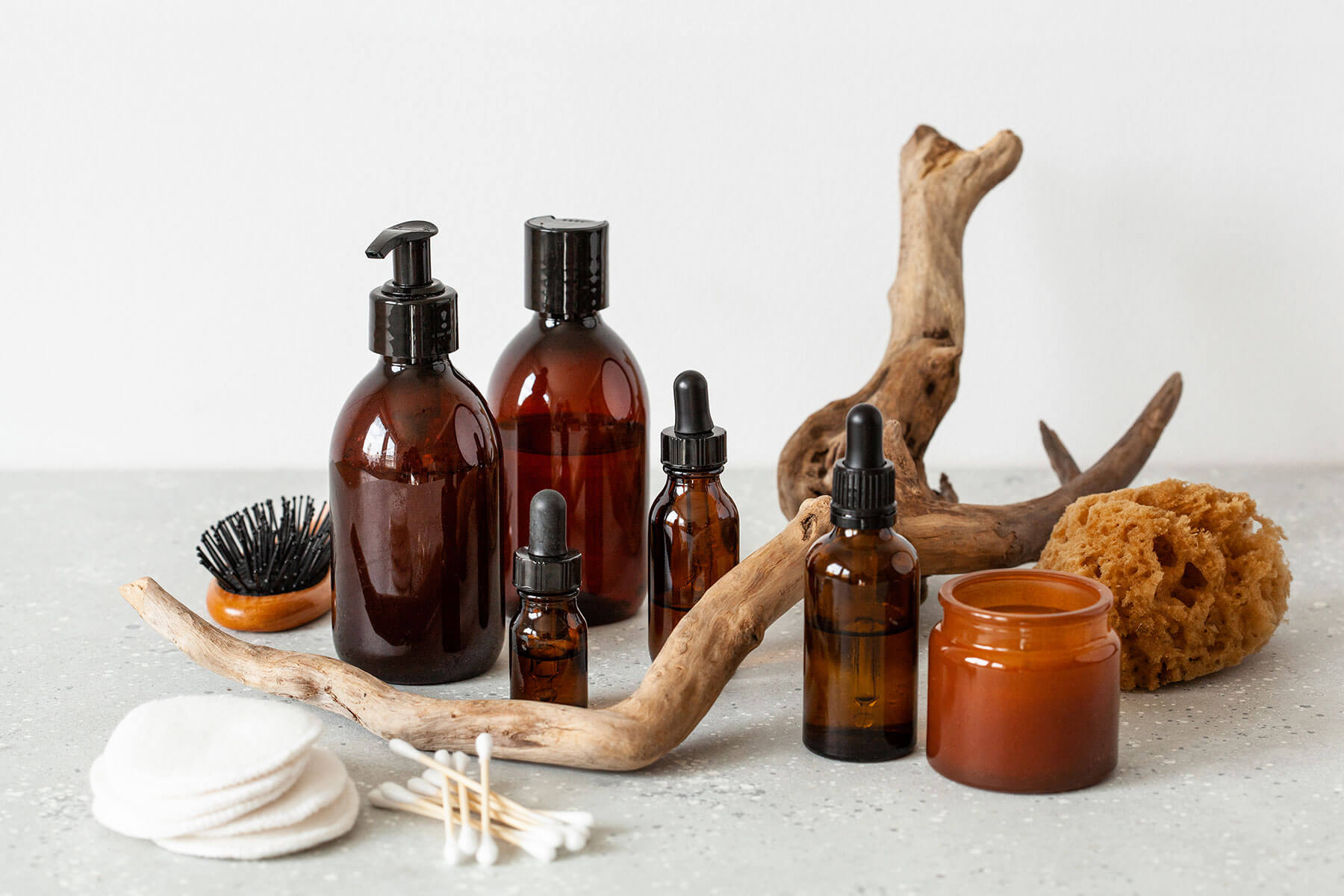The beauty industry is built on feel-good moments of discovery. It’s about that first spritz of a new perfume or finding a serum that transforms your skin for the better. To consumers, beauty is seen as everything from essential self-care to sheer luxury, and the market is booming, with a projected value of $438 billion by 2026.
However, while many consumers know that those feel-good moments come at a cost, 77% of beauty shoppers state that price is most influential to their purchasing decisions. It’s this mindset that sends consumers searching for a more inviting discount price, which can lead them off the preferred path to purchase – and over to unauthorised sellers.
At this point, beauty brands lose out on the sales and revenue they’ve worked hard for, as well as suffering damage to their brand equity. And, if the stock is faulty, the consumer loses out on a quality product, too. Here, we reveal how it happens, the ways it affects your profits and loss (P&L), and the steps you can take to prevent it from happening again. But, first, let’s look at the customer journey...
Getting lost on the customer journey
Understanding how unauthorised sellers succeed requires analysing the customer journey. It usually begins with you promoting your product, or a consumer discovering your brand through organic media channels. Evocative visuals and compelling copy work to entice and excite your soon-to-be customer. But, then, 65% of beauty shoppers go on to check prices across the web.
This is how they can end up on a grey market etailer, with temptingly high discounts luring them to ‘add to cart’. These sellers erode your sales and damage your brand value in the process. Unauthorised retail affects revenue in two ways. First, it skews your P&L, which tracks the products you sell to your authorised etailers. Unauthorised sellers get their stock elsewhere – usually from the grey market – and when a consumer shops with them, that revenue won’t make it into your books.
But there’s another revenue-blitzing factor to consider: decreased brand equity. It’s believed that 40% of companies affected by brand abuse receive a loss in customer loyalty. In some cases, unauthorised retailers sell out-of-date or faulty stock that isn’t fit for purpose. In other cases, the retail experience may be poor, which has a knock-on effect on how your brand is perceived. If a customer receives a low-quality face cream or a fragrance that doesn’t smell quite right, there’s a chance they won’t see it as the retailer’s fault. Instead, they may blame your brand.
What can be done to fix it?
With your P&L and brand equity in mind, it’s easy to see why the grey market must go. And you’re not fighting a losing battle – there are effective ways to keep your product off unauthorised etail sites. mmi can help by enabling you to track where all of your key SKUs are being sold – including on marketplaces such as Amazon.
This allows you to easily and efficiently spot any unauthorised etailers. From there, you can make a purchase in order to receive a product batch number. This number tells you where the seller is getting deliveries of your products from, so you can take action to shut down the supply.
Alternatively, there may be cases where the etailer is large and well-respected enough for you to want to authorise them. This way, you can ensure your stockist list is always up to date. Doing so will also mean you can agree on terms for supply chains and discount levels – both of which will improve your beauty brand’s revenue and equity.




